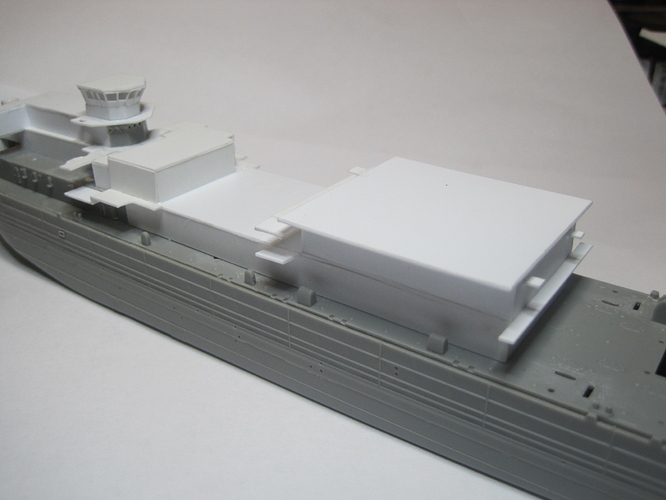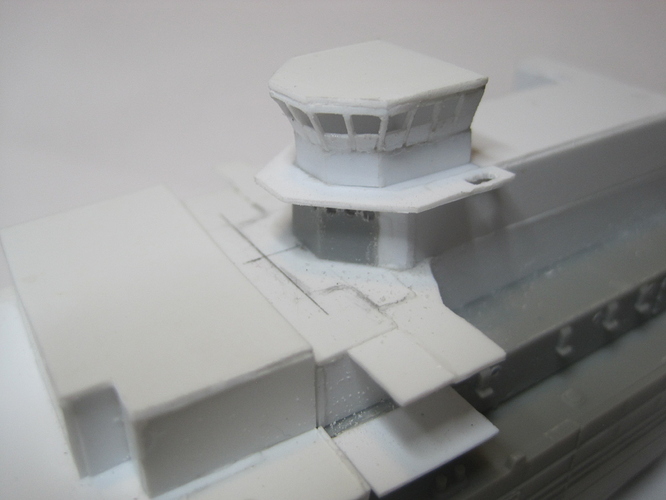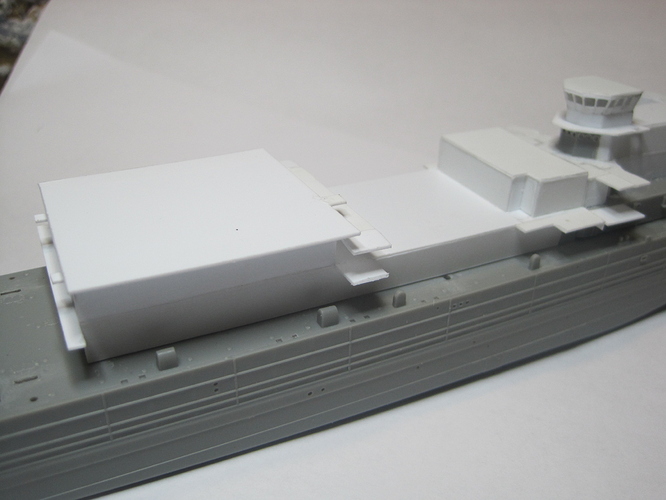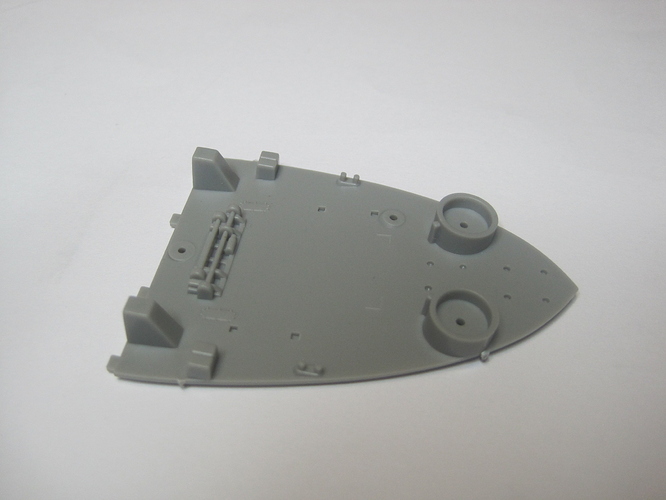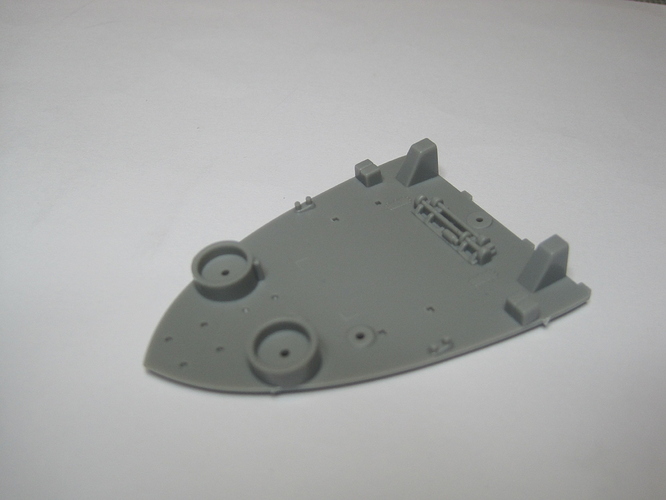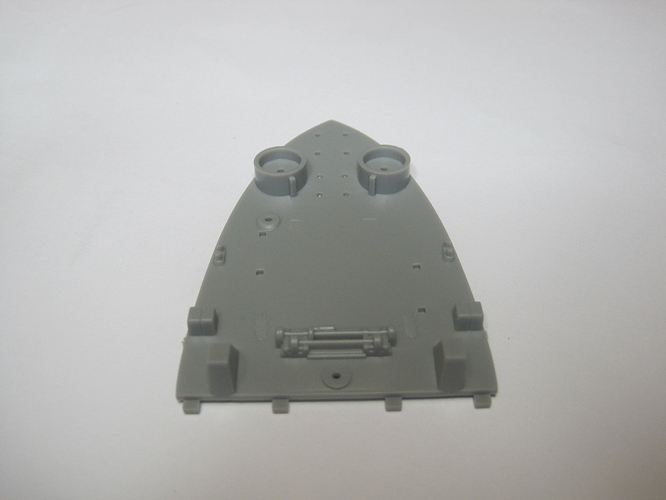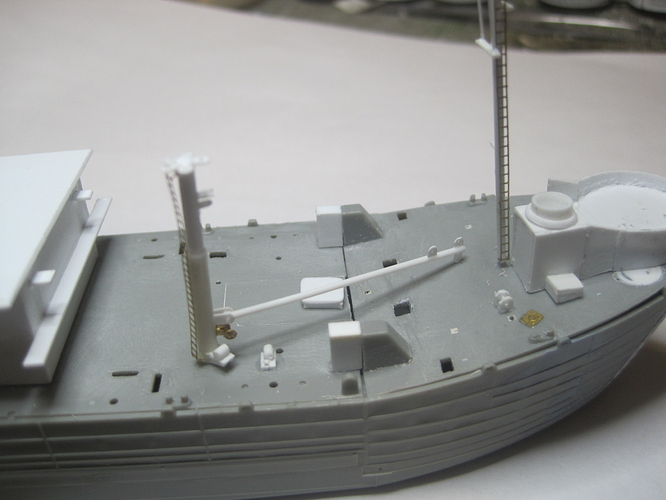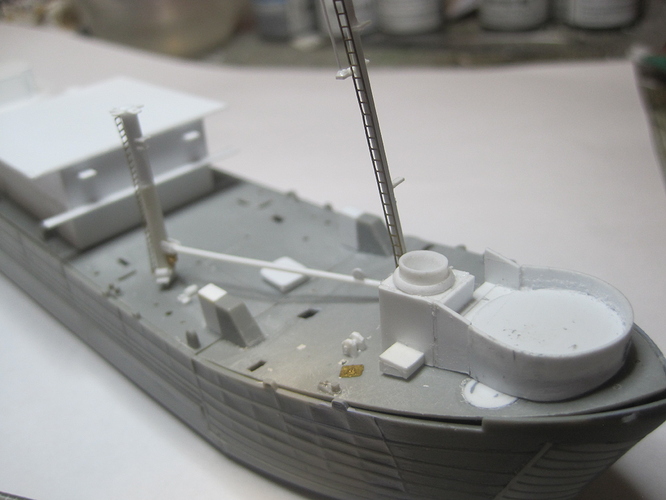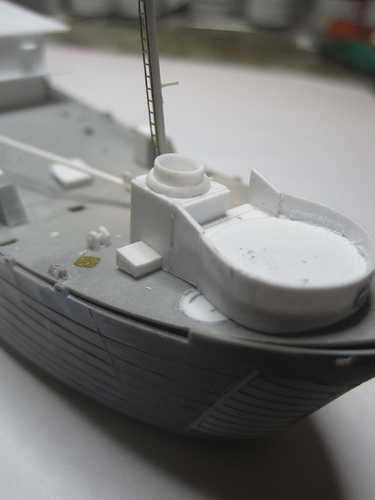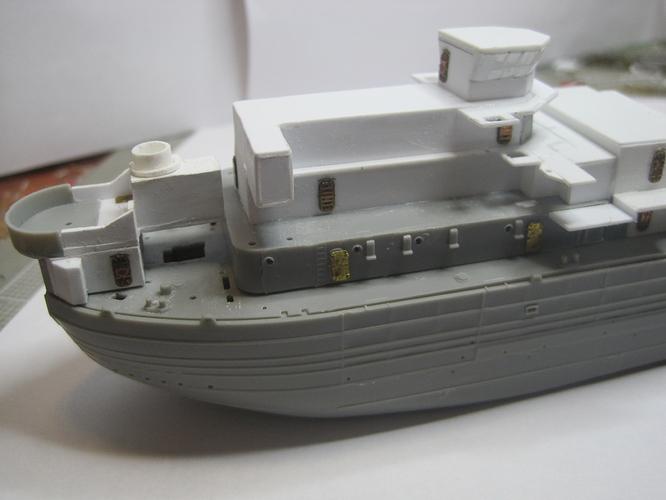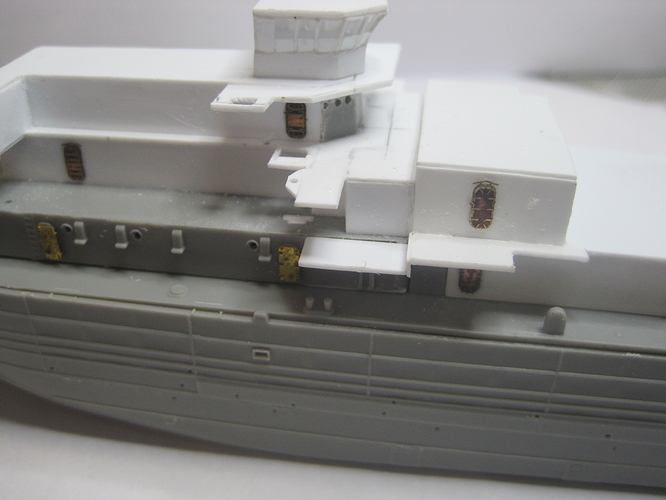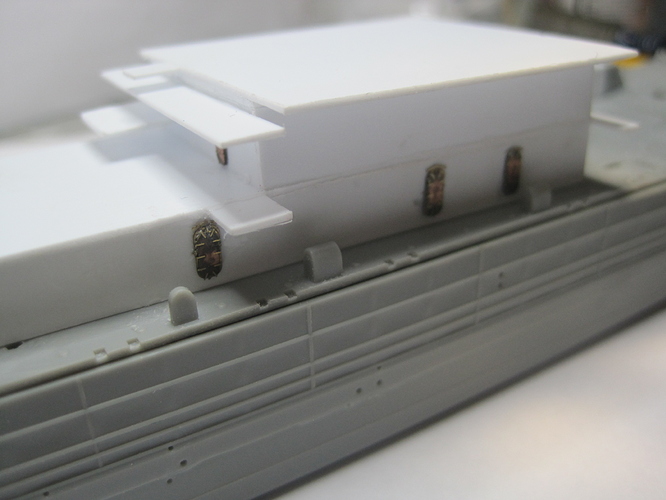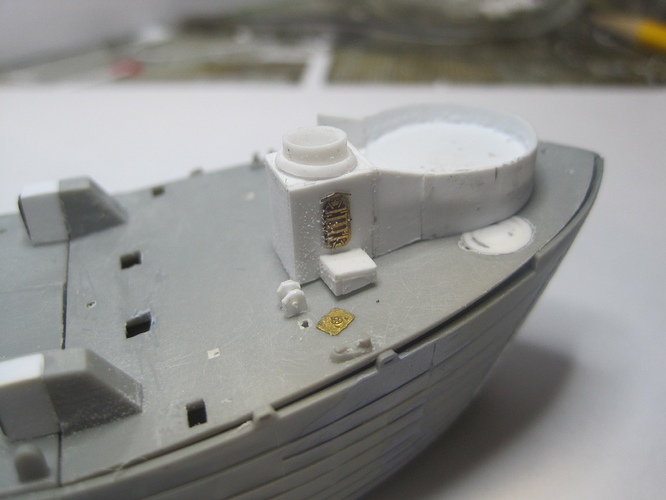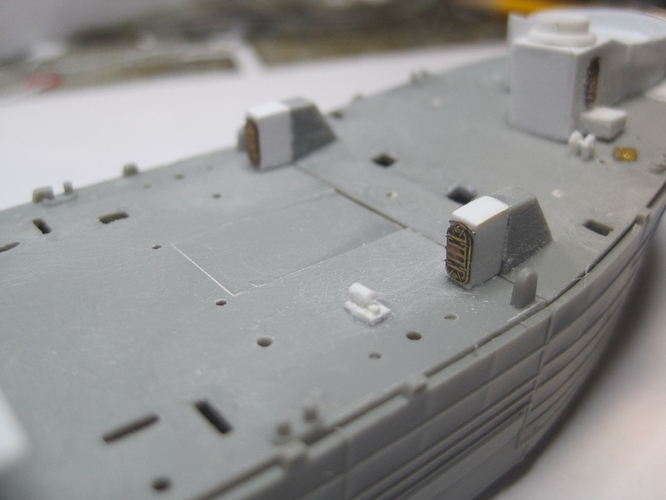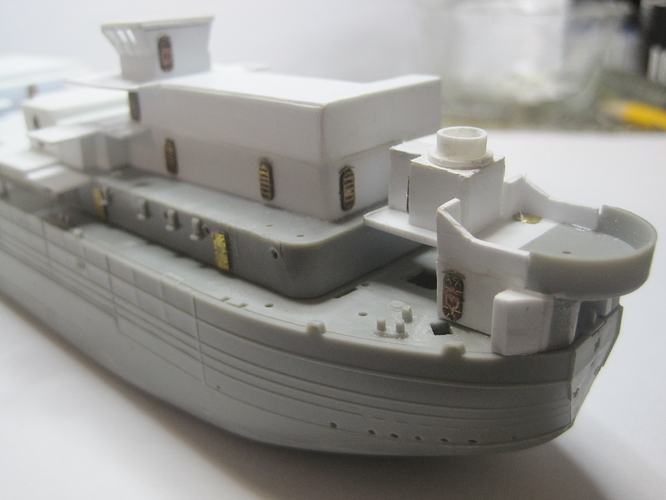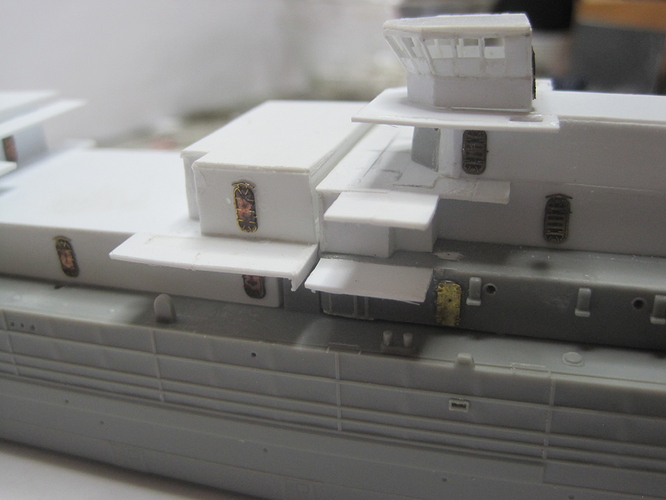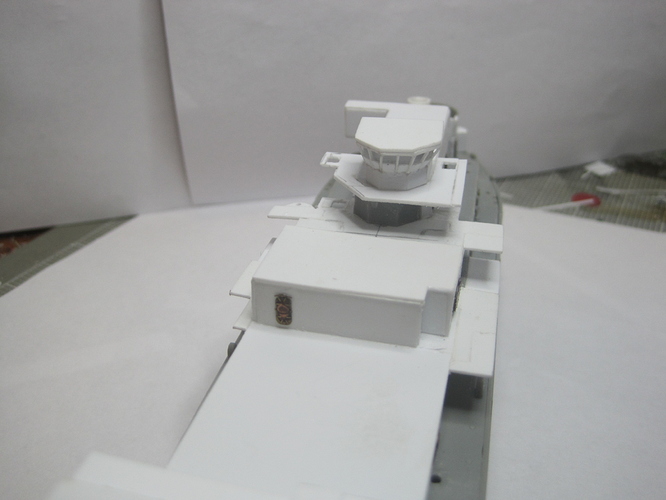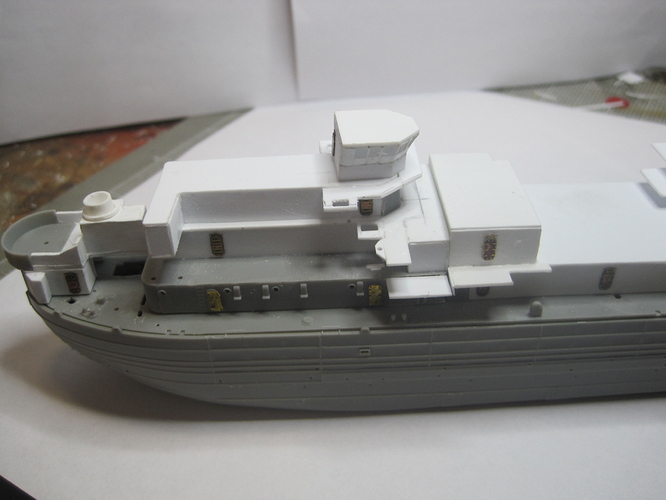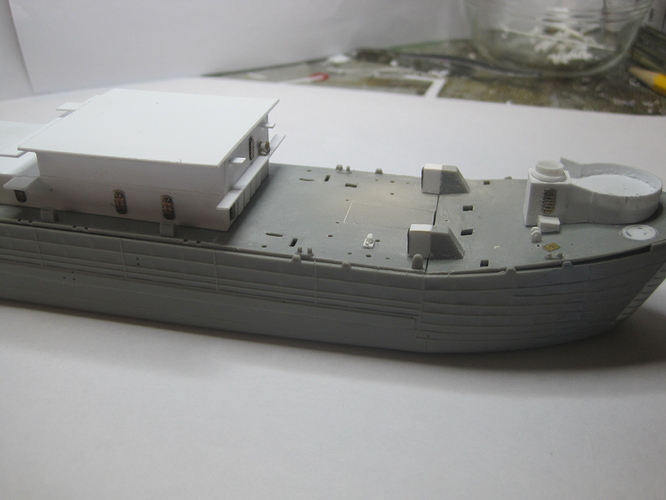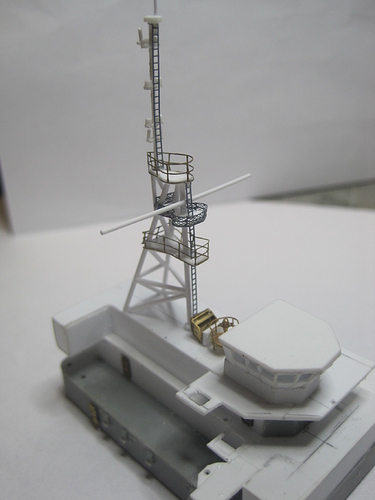Well since it appears that no one has started a thread in the “Cold War” section, I guess I’ll jump in!
Like most of the kits I build, there is a “personal” connection for me with this one. As an Army Officer in the Reserves, at one point I was attached to an Air National Guard Fighter Wing as their Ground Liaison Officer, and one of our missions was to go to Panama and provide protection to an Active Duty US Naval vessel. (How’s that for a “purple” assignment!). The personal connection was that because one of the airmen in my section had gone to high school with the supply officer on board this vessel, we were invited aboard for a visit while she was tied up at Rodman Naval Station in Panama, and I decided that someday I’d like to build a model of this ship.
At first glance, it seems like a really strange subject for a build. After all, it’s nothing but an “Auxiliary” ship, not a glamorous warship. But there’s a lot more to this ship when you scratch the surface.
For starters, the USS Sphinx was placed into commission for the first time in 1944 during WW II, and was considered valuable enough to actually be placed into commission a total of 4 times, once for Korea, once for Vietnam, and then finally she was commissioned again for the fourth time in 1984 (with the slogan, “Life begins at 40.”) And this last time she served until 1989 and so I’ve decided that since this is the period for which I’m representing the ship, Cold War it is.
So what’s interesting about the USS Sphinx other than being commissioned 4 different times? For starters, she started out in WW II as a regular LST, numbered 963. As such, she was one of almost 1,000 LST’s build, an astonishing number. She was re-classified along with about 40 other LST’s as an “ARL” which at the time was designated as a Repair Ship - Landing Craft, and fitted out with top side structures including several heavy hoists to lift landing craft aboard and machine shops and parts to repair them. And unlike standard LST’s which only carried numbers and not names, she was given an actual name.
During Korea, and Vietnam it was decided that this type of support was important, so she was recommissioned for those conflicts as well. Had this been the end of the story, it really wouldn’t have a whole lot of significance.
But in the 1980’s there was concern about the government in Nicaragua and it was decided that we needed a way to gather electronic intelligence and so a “spy ship” (think Pueblo) was needed and so the USS Sphinx was converted into a surveillance ship. She was filled with the latest electronics/communication gathering gear, and had additional topside modifications to include the construction of a helicopter landing pad, and sent to Panama, where she would sail off the coast of Nicaragua and gather information and send it back for analysis. And of course to keep up the fiction, she was still classified as an ARL, by this time now standing for Repair- Light.
Two final distinctions about this ship. Out of almost 1000 LST’s built by the Navy during WW II, the Sphinx was the LAST one to serve in Active commission.
And she also has the distinction of being the LAST US Naval vessel to be armed with the 40mm quad mount, of which literally tens of thousands were installed on just about anything that floated during WW II.
So much for the “history lesson”. Once AFV Club put out their 1/350 LST, I knew that I would be able to finally attempt to build this ship. I’ve actually been building for about 4 months and am getting pretty close to completing the kit. I’ve held off starting this post for a number of reasons, one of them the start of the new forums.
So, with that, here is a picture of the USS Sphinx, ARL-24, and I’ll be following up with a series of posts showing how I’ve attempted to recreate this ship.

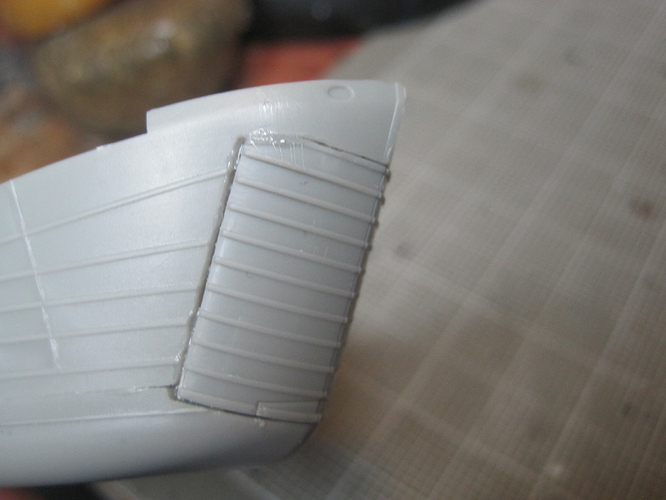
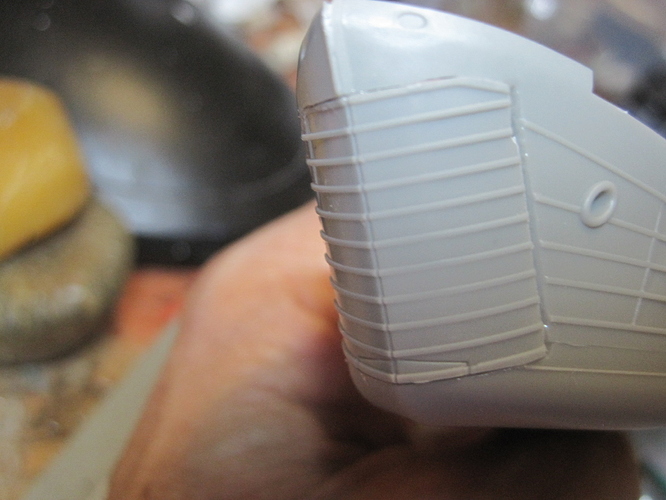
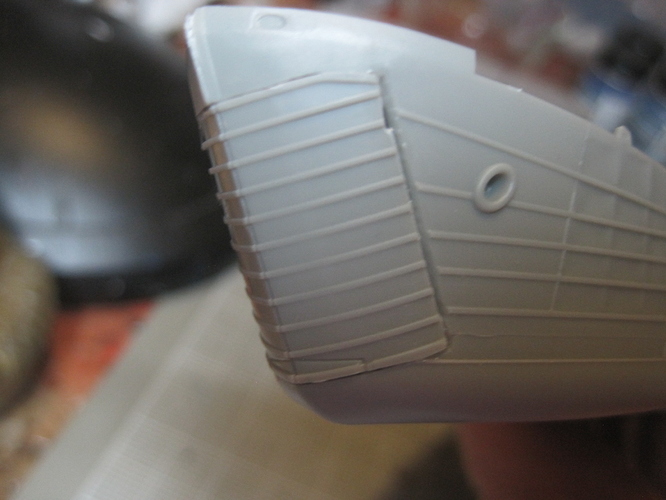


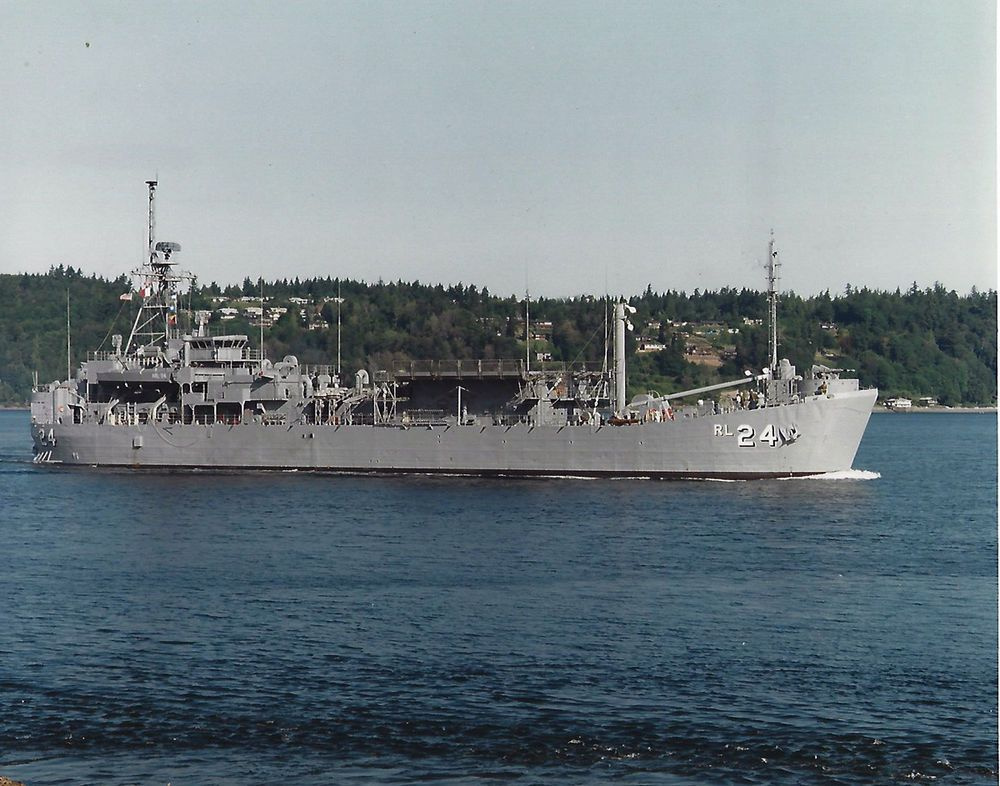


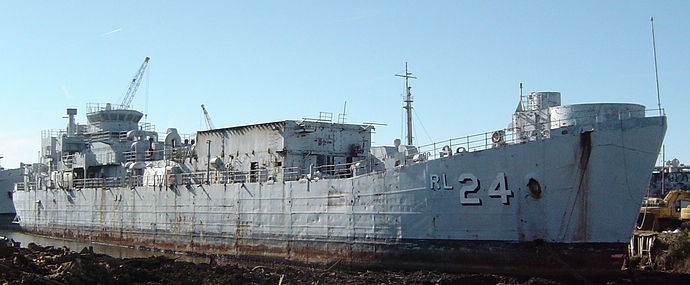

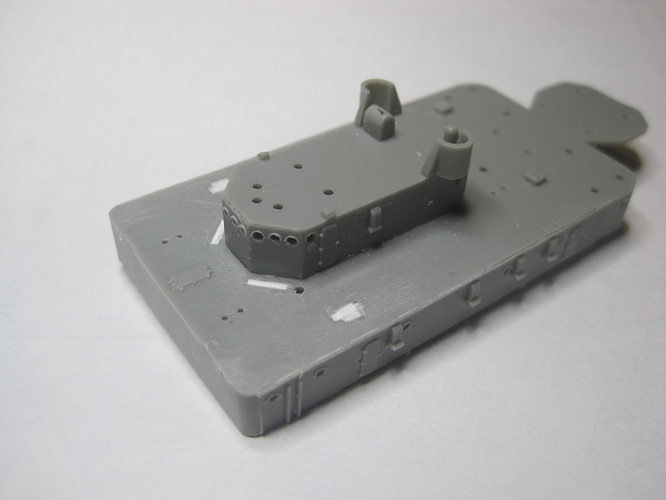
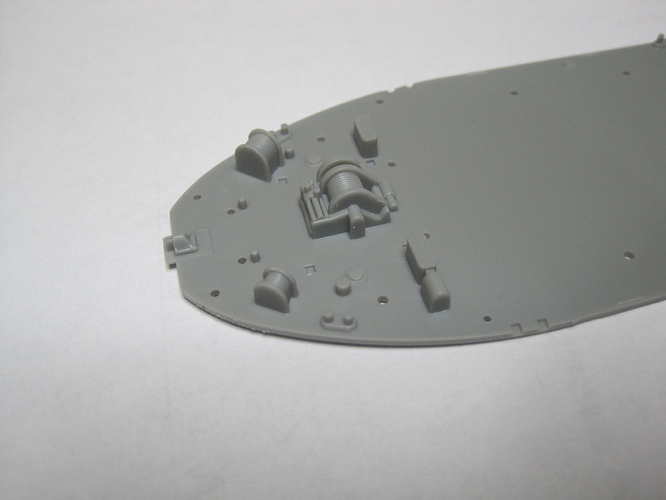
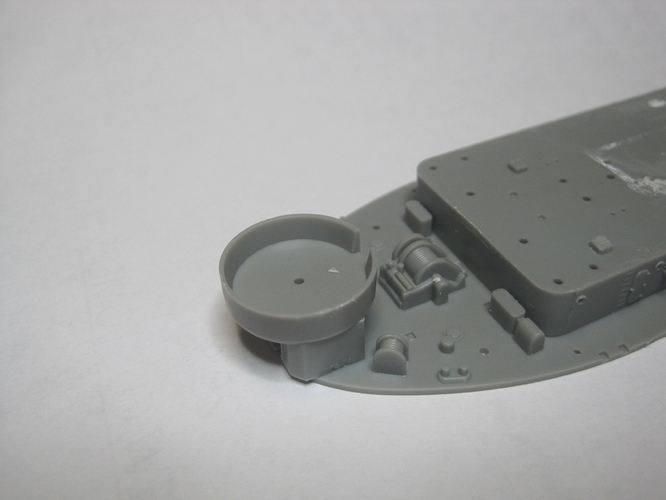
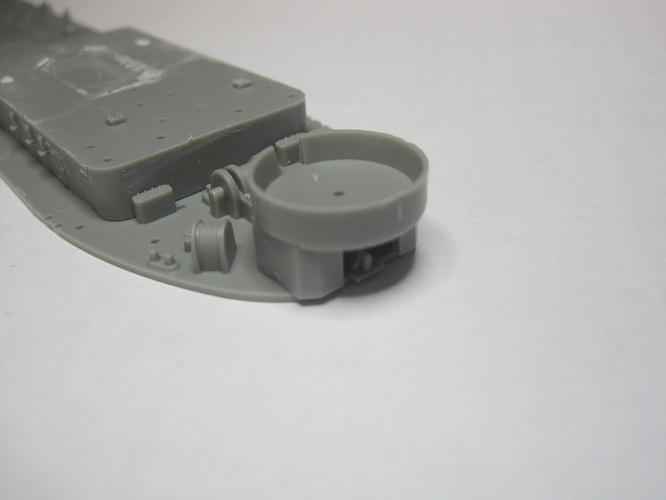
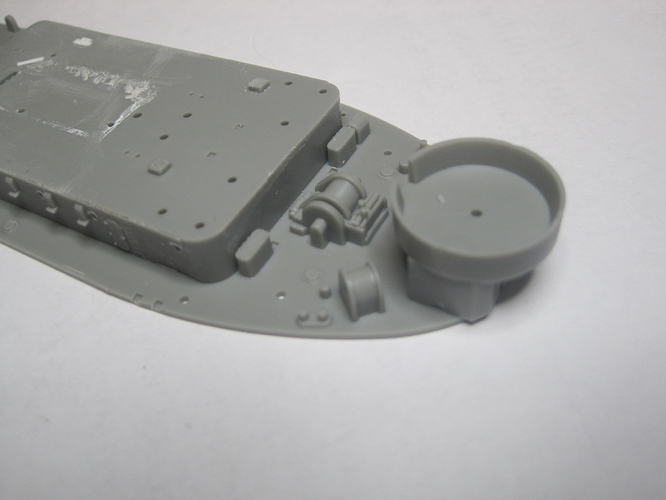
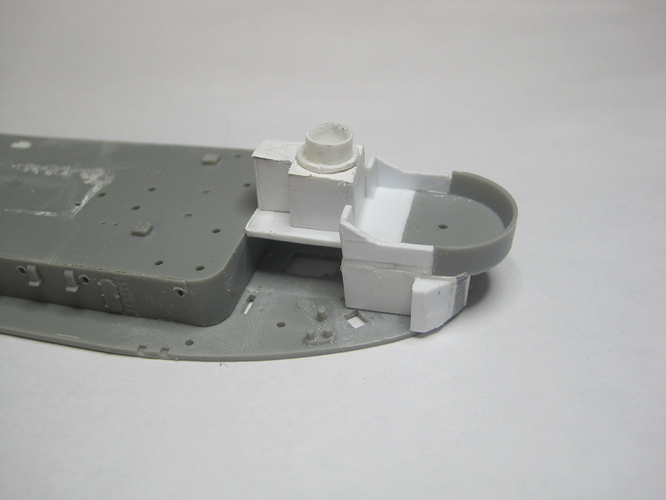
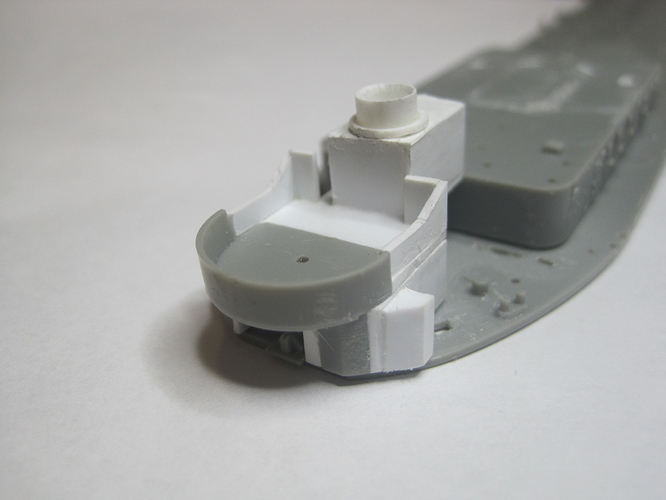
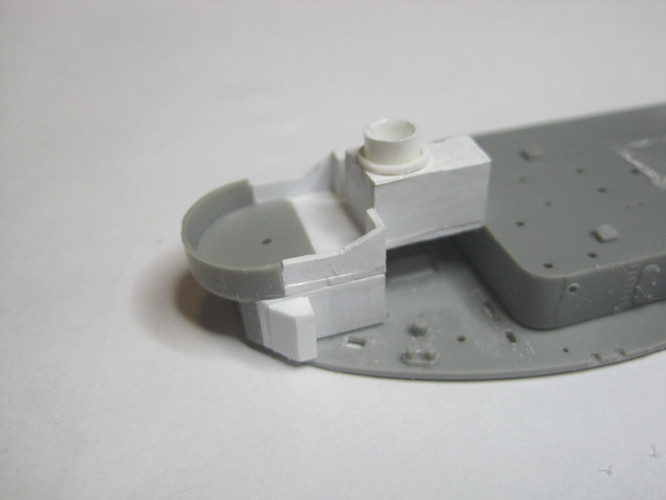

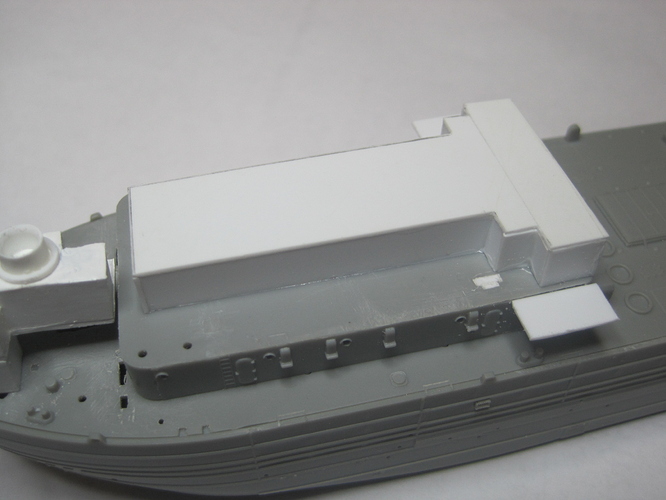
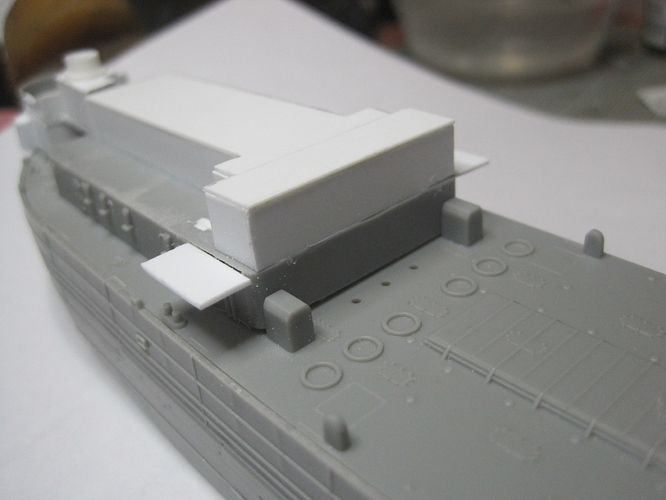

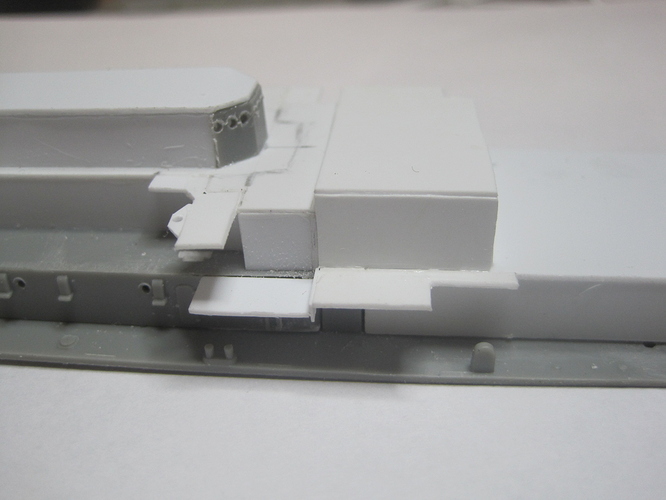

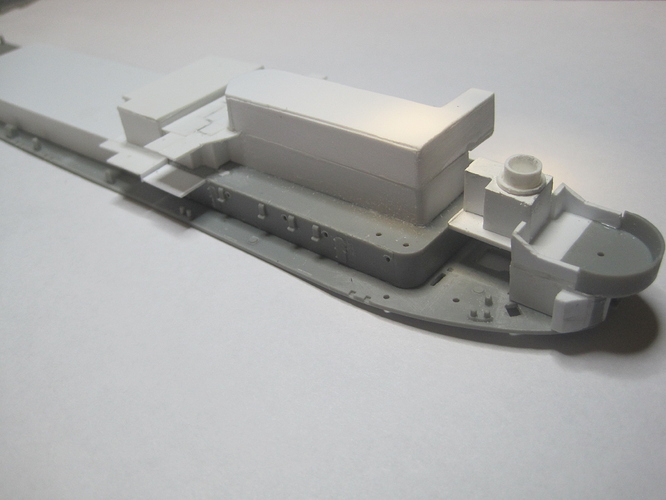
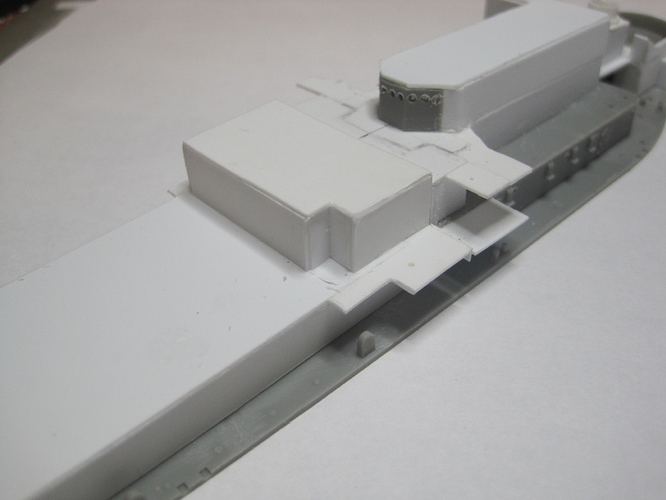
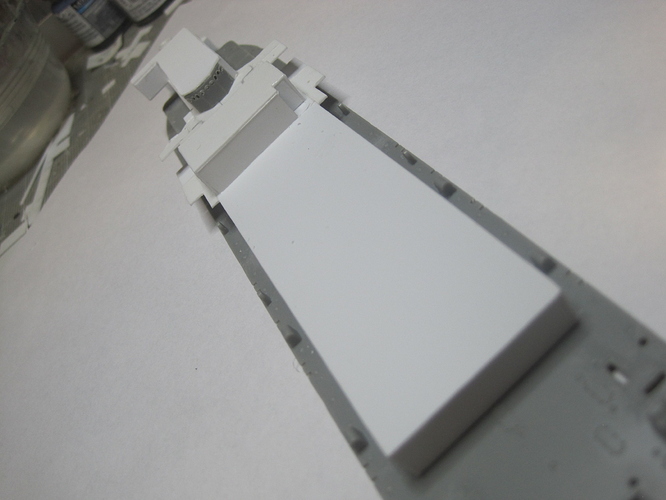

 Since I’ve actually been working on this build for a couple of months, I’ve actually got quite a backlog!
Since I’ve actually been working on this build for a couple of months, I’ve actually got quite a backlog!